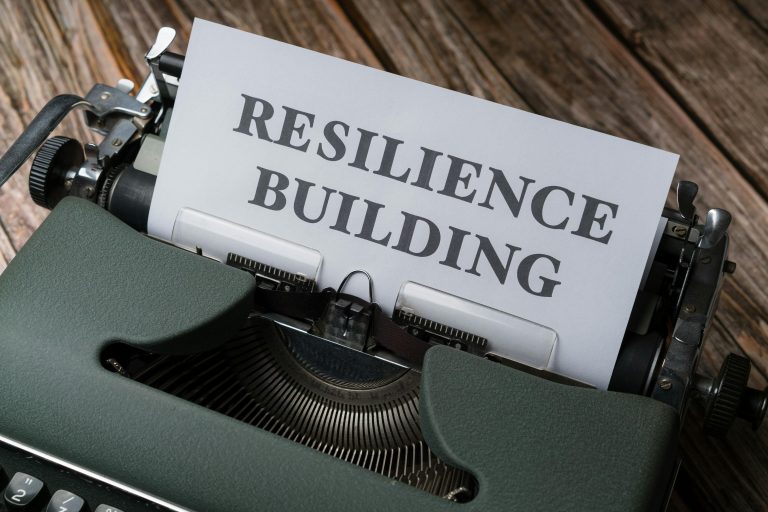Reducing Risk: Assets on Public Display
Displaying valuable assets to the public involves a delicate balance between accessibility and risk management. Museums, which often showcase priceless artifacts and artworks, provide an excellent case study on how to reduce and mitigate these risks while maintaining an engaging visitor experience. The lessons learned from museums can inspire other industries that also display valuable assets to the public, such as retail, hospitality, and corporate environments.
Understanding the Risks
When valuable items are on display, they face several inherent risks. Accidental damage is a significant concern, particularly when visitors, including children, touch or handle the exhibits improperly. Public access also increases the potential for vandalism, where intentional damage might occur. Environmental factors, such as light, temperature, and humidity, can deteriorate artifacts over time. Furthermore, theft is a serious threat, involving both employees and the public, as evidenced by several recent incidents in European museums.
The Visitor Experience
At the heart of any public display is the visitor experience. Industries aim to create environments where guests can immerse themselves in the products or exhibits on display. A positive visitor experience is crucial for several reasons:
- Engagement and Education: Visitors come to learn and engage with the items on display. An inviting and accessible environment enhances educational outcomes and fosters a deeper appreciation for the exhibits.
- Repeat Visits: A pleasant experience encourages visitors to return and recommend the venue to others, boosting attendance and support.
- Brand Appreciation: By providing an engaging and enjoyable experience, industries help cultivate a broader appreciation for their brand and offerings.
Balancing Risks and Visitor Experience
Industries must find a way to protect their valuable assets while also making them accessible and enjoyable for the public. This balance is not easy to achieve and requires a nuanced approach that considers both the preservation of the assets and the quality of the visitor experience.
While security measures are necessary to protect the collections, they should not overshadow the primary goal, which is to educate and inspire visitors. For instance, overly intrusive security measures can detract from the visitor’s experience, making them feel unwelcome or overly scrutinized.
Learning from Museums
Museums have long dealt with the challenge of protecting valuable assets while providing public access. Their strategies can serve as valuable lessons for other industries:
- Discreet Security Measures: Implementing security that is effective yet unobtrusive can help maintain a welcoming atmosphere. Technologies such as advanced surveillance and environmental controls are examples of this approach.
- Staff Training and Engagement: Well-trained staff can play a crucial role in both security and enhancing the visitor experience. They can monitor behavior discreetly while also providing information and assistance to visitors.
- Incident Report Management Systems: Having a robust report management system where security and other staff can document and analyze incidents is vital. Such systems enable tracking and statistical analysis of incidents, helping to identify patterns and improve preventive measures.
- Controlled Visitor Access: Managing the flow of visitors through timed entries or guided tours can prevent overcrowding and reduce the risk of damage, ensuring that each visitor has a quality experience.
Conclusion
Reducing risks for assets on public display requires a holistic approach that balances security with accessibility. By learning from the best practices of museums, other industries can develop effective risk management strategies that protect valuable items without compromising the visitor experience.
The key lies in implementing thoughtful, balanced measures that ensure both the longevity and safety of their collections and the enrichment of their visitors’ experiences. Whether in retail, hospitality, or corporate environments, these lessons can help create a secure and engaging atmosphere for all.
By adopting these strategies, any organization can enhance its ability to display valuable assets safely and effectively, ensuring both preservation and public enjoyment.






